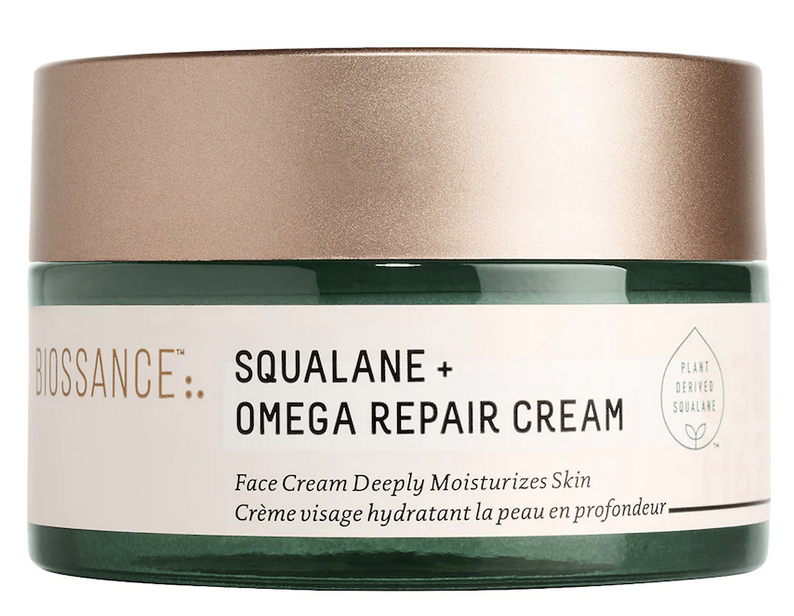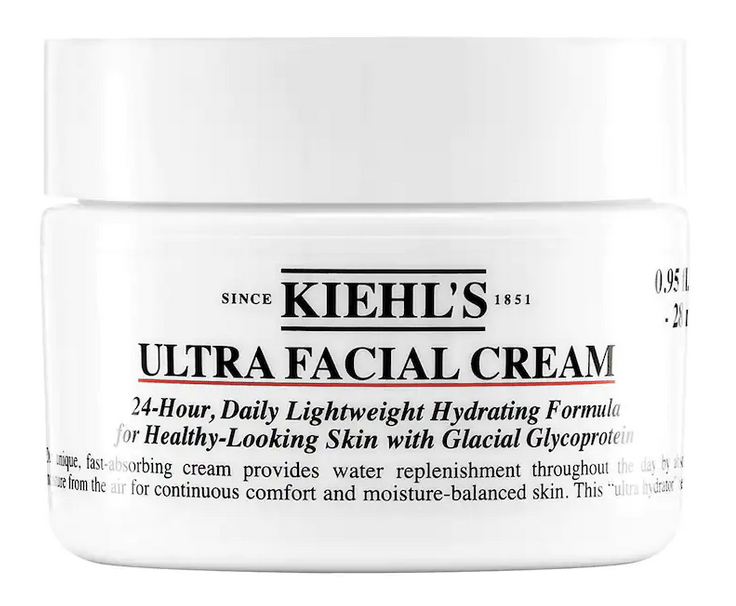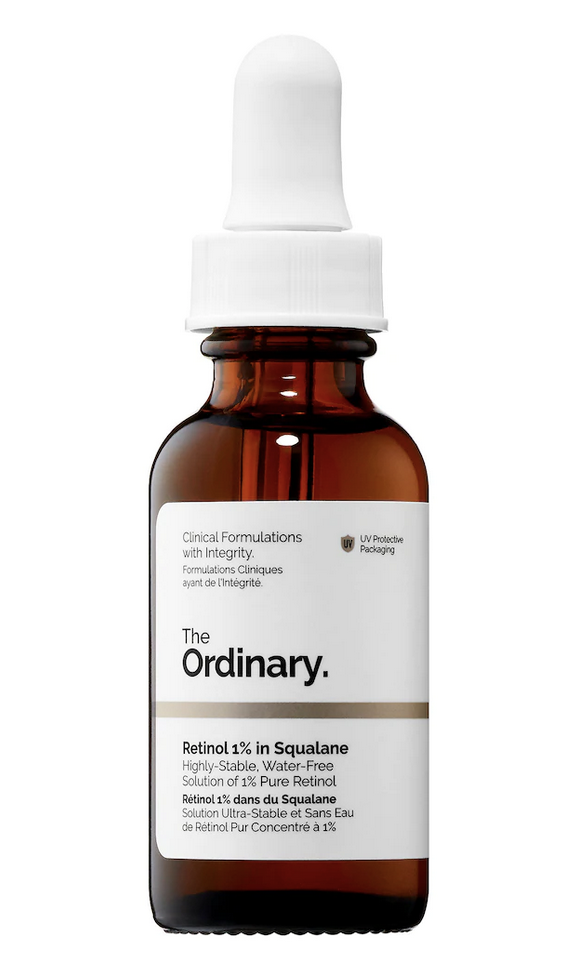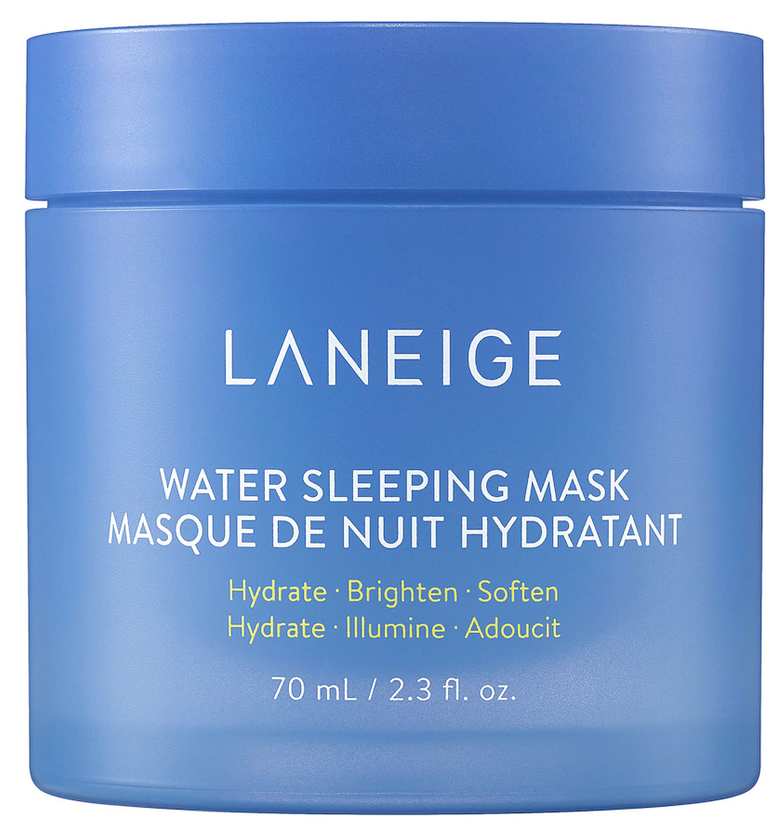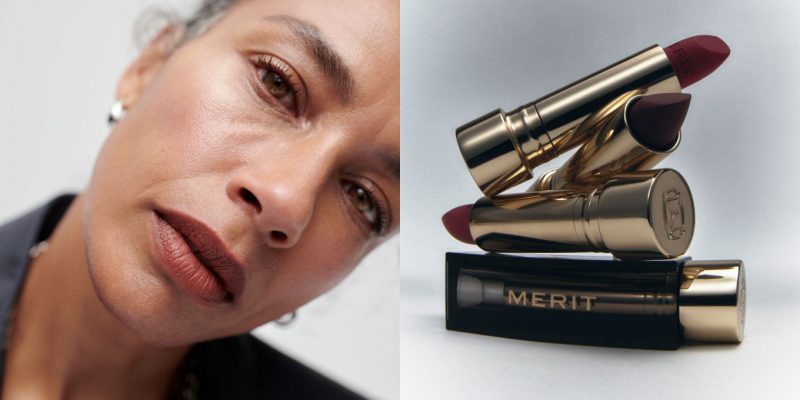Skincare
Why Squalane Is a Triple Threat Skincare Ingredient You Don’t Want to Skip
Dermatologists explain why squalane is important and how to incorporate it year-round.
by : Emily Latimer- Feb 17th, 2022
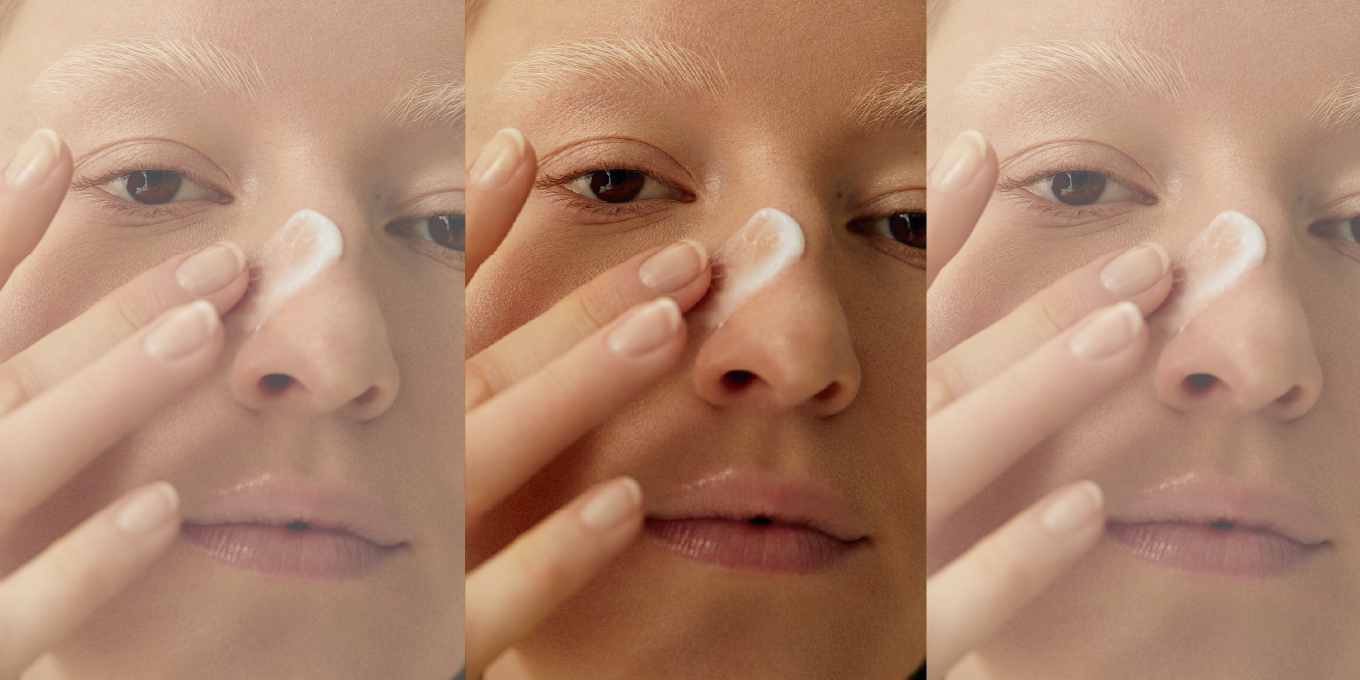
Courtesy of Cocette (Want Management)
Every item on this page was chosen by an ELLE Canada writer. We may earn commission on some of the items you choose to buy.
Is your skin getting enough moisture? As harsh weather threatens to dry out our faces and disrupt our skin barrier, it may be a good idea to reevaluate our skincare routines. Squalane is a hydrating ingredient that can help lock in moisture and keep irritants out. Another bonus? It’s suitable for all skin types and doesn’t cause breakouts.
Here’s everything you need to know about squalane and how to incorporate it in your skincare routine.
What is squalane?
Squalane is a hydrogenated form of squalene, a compound naturally produced in our sebaceous glands. An estimated 12 percent of our skin lipid barrier and sebum is actually made up of squalene, so just know that your skin already has it! But as we age, those levels gradually deplete and supplementing that loss with products that contain squalane can be beneficial.
A quick note: Historically, squalene was harvested from shark liver oil, which causes some confusion and controversy about the ingredient. But rest assured that the squalane found in popular skincare products on the market today are typically plant-derived from olive oil or sugar cane.
In addition to being cruelty-free and sustainably sourced, plant-derived squalane also has a more stable shelf life than squalene, which makes it suitable for topical formulations.
What does squalane do?
Deeply hydrating, squalane includes properties that promote radiant, soft, smooth, and plump skin.
“Squalane is a moisturizing ingredient that is generally well tolerated by all skin types and can be a great multi-tasker for your skin,” says Dr. Katie Beleznay, a dermatologist practicing in Vancouver. “It is considered an emollient that helps to hydrate the skin and may also help to calm irritation and benefit the overall health of the skin barrier.”
What are the skincare benefits of squalane?
“It’s a great triple threat — antioxidant, emulsifier, and hydrator,” says Dr. Renée Beach, dermatologist and founder of DermAtelier on Avenue in North York.
It’s not all about hydration either. “Squalane has incredible calming and skin barrier protection benefits, it improves elasticity in the skin, and balances oil production without clogging pores,” says Ramya Viswanathan, director of new product development at Biossance, which uses squalane in the heart of every formula.
There’s also emerging evidence that squalane has antioxidant properties and can neutralize free radical damage caused by pollution, sunlight, and blue light, according to Dr. Renita Ahluwalia, lead dermatologist and founder of the Canadian Dermatology Centre.
Does squalane work for all skin types?
If your skin is naturally oily or acne-prone, you may not need the extra hydration. “I would probably skip it as your sebaceous glands are probably already very active,” Dr. Ahluwalia advises. “But for most other skin types, including sensitive skin, it can be used once or twice a day.”
Squalane can be particularly helpful for those with dry or combination skin who want to add lightweight moisture year-round. Research indicates that squalane is unlikely to be an irritant, so those with sensitive skin or eczema could try it out.
Is squalane safe to mix with other ingredients?
Puzzling out which skincare ingredients can be used together can be daunting, but squalane is pretty user-friendly. “Squalane plays well with all ingredients and helps to amplify the other ingredients in your regimen,” says Viswanathan.
“Think of squalane as an ingredient that makes the rest of your skincare work smarter, so products are easy to incorporate into your current routine.”
How can we incorporate the ingredient into our skincare routines?
Squalane is found in a wide range of products, from serums, sunscreens, moisturizers and eye gels, or as a standalone in oil form. Used morning and night, it can be especially helpful in combination with potentially irritating ingredients like retinol. “Sometimes using active ingredients, especially retinol, can become challenging and adding more hydration is very beneficial,” Dr. Ahluwalia says.
Dr. Susan Poelman, co-director of Beacon Dermatology in Calgary, agrees that it’s an interesting concept to combine squalane with retinol (like this one from the Ordinary, or this one from Biossance). “Because retinol is like the Holy Grail of skincare in the sense that it does everything — it helps with pigmentation, acne, fine lines and wrinkles, and scarring — the biggest downside to retinol is tolerability, which is where an ingredient like squalane can come in handy,” Dr. Poelman says.
When it comes to selecting new products, Dr. Ahluwalia suggests choosing ones that do not have long ingredient lists and are scent-free to reduce the risk of irritation. And, as always, be sure to check in with your derm if you have any skin concerns.
Newsletter
Join our mailing list for the latest and biggest in fashion trends, beauty, culture and celebrity.
Read Next

Beauty
The Best Met Gala Beauty Looks Of All Time
From Taylor Swift's 'Bleachella' era to Rihanna's iconic 2011 braids, meet the best beauty moments in Met Gala history.
by : Katie Withington- Apr 26th, 2024

Culture
Benny Blanco Says He Fell in Love With Selena Gomez Without ‘Even Noticing’ It
Allow Benny Blanco to tell the straight-from-a-rom-com story of how he realized his feelings for his girlfriend and longtime friend.
by : Alyssa Bailey- Apr 26th, 2024

Culture
ELLE Escapes: Savannah
Where to go, stay, eat and drink in “the Hostess City of the South.”
by : ELLE- Apr 15th, 2024

